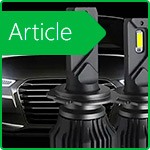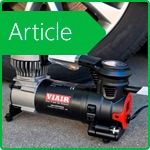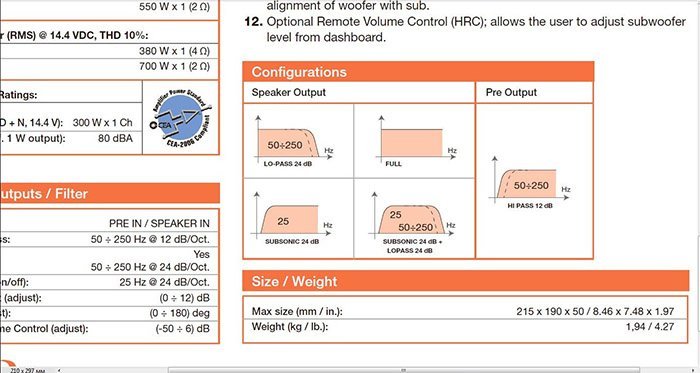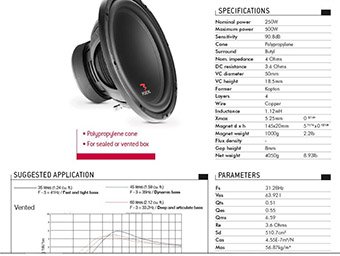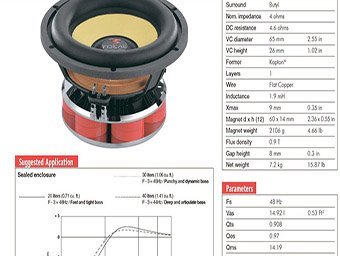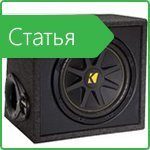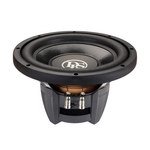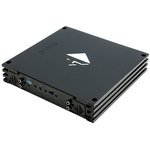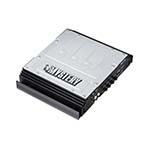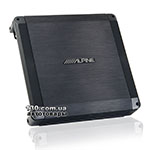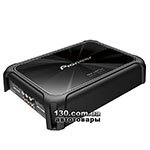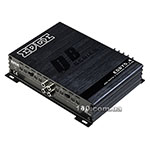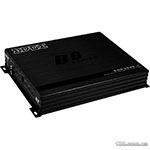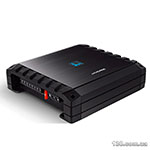How to choose a subwoofer and amplifier? Tips engineer
So, earlier I suggested looking at problems with speaker settings, “fairness” of parameters amplifiers and how to choose them correctly in order to be satisfied with the time and money spent. Now it's time to explore the audio amplifiers and subwoofers, to prevent them from breaking. I will begin, perhaps, with subwoofers, since their “kill” is much easier. In order not to fly into the money, you first need to carefully study the specification of the speaker itself, because it is the heart of any subwoofer. to buy a subwoofer in Odessa, Kharkov and Kiev at 130.com.ua with delivery in Ukraine.
Here's what to pay special attention to:
Power
The power of the subwoofer is determined by the power of the speaker, not the numbers "from the ceiling." Acoustic design (housing) is necessary for the speaker to work correctly, otherwise we simply will not hear it. In addition, the type of box allows you to properly adjust the lower register of the sound, because the resonance can spoil all the efforts to adjust the bass, and ultimately the speaker itself. Ie if the speaker has a nominal power of 250W, and 700Max is written on the case, I do not advise you to choke it with watts, especially since it still does not correspond to your performance ideas. This power is indicated at a frequency of 1000 Hz, but no subwoofer at such frequencies ever works.
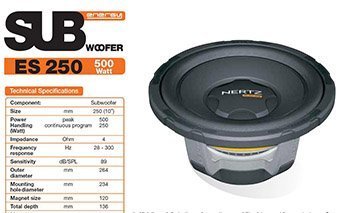
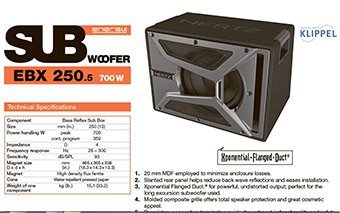
But how to determine the allowable power? Just. We need to take a frequency generator, an alternating voltage voltmeter, and of course the amplifier itself. Initially, the existing subsonic filter regulator sets the limitation of the sound range. Feeding from the generator the frequency corresponding to the minimum allowable, we listen to the sound at a low volume. If, according to subjective estimates, we hear strong bass pressure, it means that the speaker gives out this frequency! Excellent. Now we look at the voltmeter and measure the readings, making sure that the amplitude of the oscillation of the diffuser does not exceed the Xmax values specified by the manufacturer. This is the rated power at the cutoff frequency. Further, by reducing the frequency on the generator (I start from 25 Hz and go below to 5-10 Hz), we are convinced of a sharp decrease in the amplitude of the progress of the slide. If this does not happen and the amplitude grows as the frequency decreases, it means that the cutoff setting of the subsonic filter is not finished, or it is simply absent. In this case, you will burn the speaker if you do not find a way to cut the frequency in the specified range. Accordingly, this also means that you have chosen the wrong amplifier and the consequences are only on your conscience!
Frequency Range
It is not recommended to feed frequencies lower than the effective bandwidth to the subwoofer. In a specific example, this is 28 Hz. If the port is configured correctly, or if the phase inverter pipe is correctly calculated in a self-made design, then you will get the maximum sound pressure in the range from 28 Hz to the frequency at which the midbass is “trimmed”. Anything lower is destructive for the speaker, it will make oscillations, but the sound will not create these movements, only air compression. And why do you need a working vacuum cleaner while the audio system is running? I think to anything! This will lead only to one final-going beyond the limits of the magnetic system, the inductance of the voice coil will greatly decrease and its active resistance at par will approach the resistive (4 ohms DC)-this is actually a boiler at the signal level that comes from the amplifier and the coil will soon melt !
How to understand this? Here is a simple example. We have a 300W transformer for 50Hz 220V network. From the formulas for calculating a transformer, it turns out that his primary-wire DC resistance will be about 5 ohms. But when plugged into a 220V outlet, it does not even heat up! Because for a frequency of 50 Hz, its equivalent resistance is about 11.000 Ohm (“no-load” current, no load 0.02 A). But it is necessary to remove the coil from the core and re-insert into the network, short circuit will occur (current 44 A)! The same situation with the voice coil speaker. Outside the magnetic field, it becomes defenseless and can burn very quickly, and your task is to prevent it.
In this image, you can see all the options for setting the Hertz HCP 1D car monoblock, incl. and sabson filter. However, you need to be careful, because its frequency can be much lower than the declared lower frequency of the speaker range, and then even the enabled mode does not guarantee the safe operation of the subwoofer. Especially, if the speaker has this frequency from 40Hz and higher ... Ignoring it, you risk to burn any speaker!
Coil Material
It is also very important what material the voice coil frame is made of and the number of layers of the coil itself. Since the subwoofer is subject to strong heating, it would be logical to have an additional heat sink for the winding by means of a metal frame (copper, aluminum). A single-layer coil is easier to cool, but it can withstand less current. With a multilayer coil and with a non-metallic frame (Kapton, fiberglass), the permissible current is higher, but at the slightest overload the material is deformed (heat shrinkable), the glue junction of the coil's turns with the frame is destroyed, it is wedged in the magnet, the coils are detached from it and already at the bottom of the magnet quietly "die. An experienced installer will notice that for such speakers, as a rule, the minimum frequency is very high (from 40 Hz), respectively, to use such a speaker in the infra-register is meaningless, no matter how you choose the volume of the case and do not vary the settings of the amplifier. This must always be taken into account when choosing a subwoofer model and reading the specification for the applied speaker to the end!
Suspension Stiffness
Very important and stiffness of the suspension dynamics. It determines not only the resonance frequency, but also affects the impedance and, ultimately, the power. After all, if for a shift of the diffuser by 1 mm from the initial position, more current is needed, then the sensitivity is lower, but the cutoff frequency too. That is why competitive speakers have very hard suspensions to operate in the range of 25 Hz. Yes, and the design of such speakers is characterized by increased strength, a very large magnet and an increased motion of the moving system (at least 20 mm). In ordinary speakers, however, Xmax does not exceed 5.25-11 mm. And this also can not be forgotten!
Alas, by no means all users seeking to make the installation of the acoustics and configure it on their own understand what I have just listed. As a result, already on the first day, the subwoofer speaker burns out, the client panics, mentally curses the seller of equipment and the manufacturer of acoustics, but does not think at all that His Highness, it turns out, does not know basic things and did not want to consult with the installation . But in vain, it still did not stop anyone.
I never cease to be surprised that the term power is being stuck to the speakers. But the paradox is that no one thinks-at what frequency? It is possible to obtain the required sound pressure, but only with the correct setting of the operating modes of the amplifier and the correctly selected dynamics, and at the same time, without overloading both devices. It comes with experience. But it is better to learn from the experience of others than to pay for their own mistakes. What is better for you-decide for yourself. But never take your time. Good luck!
Watch car amplifier video reviews
Materials on the topic:
Car sound amplifiers: Best Sellers

Stay tuned for updates!
Subscribe to our Telegram channel and be the first to receive useful materials.
Subscribe













